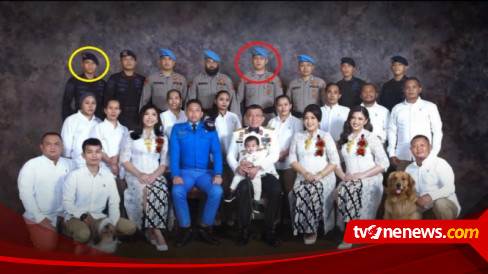A simple tribute to the life of this announcer who preserves her voice, who described part of the history of the Neuquén and Cipoleño voiceover, and who loves this land that one day received her.

The creation of LU5 Radio Neuquén in 1945, LU19 in 1963 and Channel 7 in 1965 made numerous voiceover professionals join their microphones and screen. Mirta is a clear example of a worker who told us about her life: “It was May 1967 when Neuquén flooded me with a wonderful sun and an incomparable sky. A different sun from Milton in Quimey Neuquén. The city was small, a few blocks with ordinary housing, no tall buildings that I can remember, and little asphalt. My cousin Raúl was doing his military service and visiting him brought us here. He had started at LA26, a low-power radio station in the city of Coronel Dorrego in the province of Buenos Aires. This experience made it possible that in a few years he could access the National qualification after taking the ISER in Buenos Aires. My grandparents arrived from Italy and Spain, Bottinelli and Toribio. Marco Bottinelli, maternal grandfather born in Lombardy, came to Argentina very young. He was Master of Works, in Buenos Aires he met Margarita Barrio and they were chosen. She was born in Piedras Albas, a land of olive trees in Extremadura”.
“Carlos Andrés Abelino Cesáreo was the Spaniard with the surname Toribio, who came from the Real Sitio del Pardo, where he was born, and arrived in the country already married to Teresa Blanco. The two families lived in Copetonas, a small town in the south of Buenos Aires where they could snoop around in the orchards, see the family busy butchering and play among flocks dodging animals: it was the best. Almost at the end of 1971 I visited Neuquén again and everything coincided so that at the beginning of 1972 I lived in the city that awakened my dreams. I was received by LU19, La Voz del Comahue, thanks to Professor Helvecio Caldora, who distinguished me as the first female voice in the valley in news service. In LU19 I met Marina López, Gladys Sandoval, the reporter Gustavo Monti, people from the news such as Omar Fuentes and the particular deep voice of José Luis Datri. Then I joined LU84 TV Channel 7, when Rodolfo Riavitz was president and Alfredo Sánchez manager. My colleagues: Agustín Orejas, Carlos Agúndez, Cecilia Lizasoain, Margarita Aguilar, Susana Fusch, Magda Byrne and Silvia Salgado. In the studio and in the news I remember José Pepe Castaño, Langley and Agúndez, while Palmina Stefanich was in charge of the weather forecast and Ramón Carbonell directed the news. Every Sunday, with the opening, a qualified priest broadcast the homily live. Abrahán Thomé delighted with his Poems at night while the sculptor and painter Emilio Saraco drew live images referring to poetry”.
“Luck or destiny wanted us to live in the same time as notable figures such as, among others, Aldo Mastice, a neighboring aviator, who was also the creator of provincial and municipal symbols. A man named Florenbaun and his wife had a program for women and Ana de Cuadrado participated in it with her exquisite pastries. Carlos Procopiuk and Lorenzo Kelly stood out with documentaries that brought us closer to the interior of the Province. Jorge Fernández Garro with his Neuquén Interior captured images of every act or inauguration celebrated by the province. Milton Aguilar did La posta del Resero and his experienced voice resounded in the studio. In different periods, without leaving Canal 7, I worked at LU5″.
The “teacher” of the house was Osvaldo Arabarco who, from the announcers’ headquarters, told anecdotes and settled me in the Neuquén that I was learning. Ana María Lambert drove Calesita, and The sounds of silence could be heard at night with the special voice of César Bosch. Raúl Valladares, Pepe Ramos Paz, Tito del Vo, Lía Palma, Miguel Sánchez, Adela Bausela, Ricky Funes, Carmen Sanmartín, Ana Delgui, Mariana Lourdes and each of the journalists from the news service”. “On the channel, Hugo Díaz carried out his program every day. Rubén Bugallo explained to the producers the state of the Valletana fruits and Carlos Galeano in full task, toured the building that he knew so well”.
Mirta married Marcelo in 1975: they had Sebastián, Alejandro, Marcos and Marcelo. Several grandchildren complete the story. A simple tribute to the life of this female announcer who preserves her voice, who described part of the history of Neuquén and Cipolla voiceovers, and who loves this land that one day received her, appropriated her and watched her children and grandchildren grow up.
–


